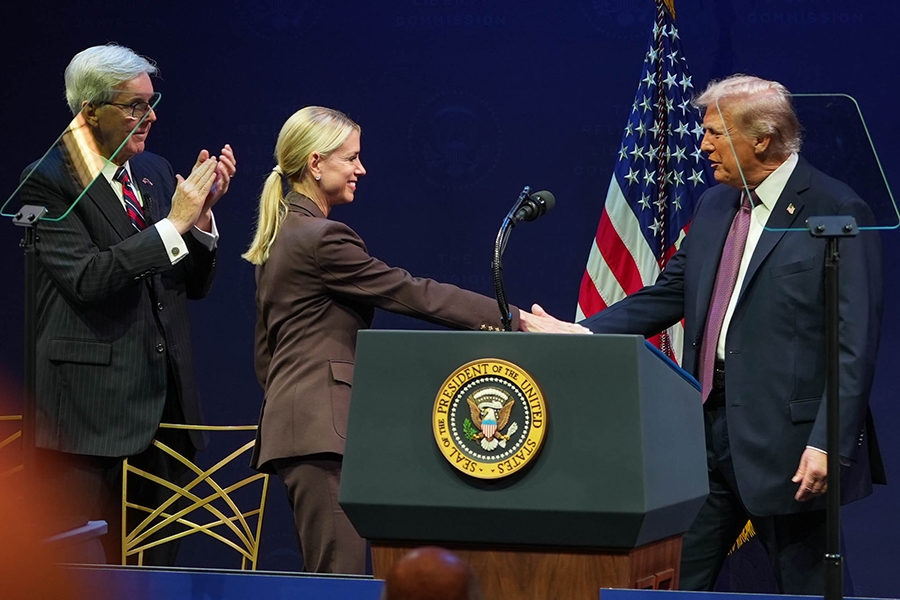
The FBI has made every effort to be on the leading edge of scientific advancements and to set a worldwide example of excellence to other crime laboratories. Notwithstanding the need to make improvements based on the stated findings, any reasonable scrutiny should consider advances in science, historical context, and the criteria used to categorize error.
Before 2000, prosecutors routinely relied on microscopic hair comparison to link criminal defendants to crimes. In 1996, the FBI Laboratory developed and implemented mitochondrial DNA (mtDNA) analysis, in conjunction with probative hair analysis, because it was clearly the most effective protocol for the forensic examination of hair, and it provided a more meaningful association than either technique used alone. Thereafter, mtDNA testing became standard to analyze hair in criminal cases. It is important to note that the advent of mtDNA testing did not – and does not – negate the validity of Microscopic Hair Comparison Analysis. The latter technique is still used by the FBI Laboratory, and the science of microscopic hair comparisons has never been in question.
Using broad criteria that all parties could agree on, the review largely focused on whether examiner testimony regarding microscopic hair comparison analysis met accepted scientific standards. In trial settings, examiners are qualified as expert witnesses based on their experience. Because the science was not in question, many of the statements were identified in testimony where the experience of examiners may have been used to extrapolate statistical probabilities.
The FBI’s reputation as the premier law enforcement agency in the world is earned every day. The dedicated men and women of the FBI Laboratory have had an undeniable positive impact on public safety. In performing and testifying to countless forensic examinations, they have helped the cause of victims and helped to render justice. Improvements that will result from this review will strengthen our criminal justice system and reinforce public trust in the FBI.




